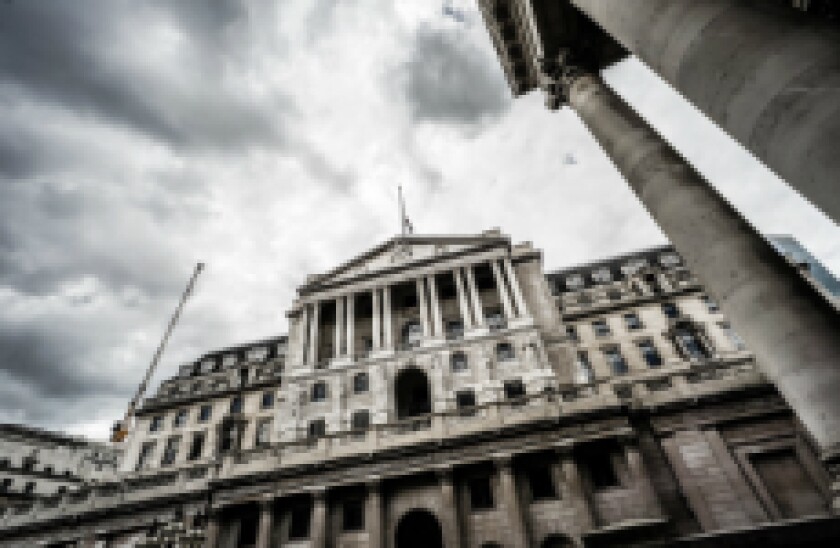There is a chance that some of the 200,000 buy-to-let mortgages referencing Libor, for example, will end up the subject of court cases after the Libor cut-off date in 2021 if borrowers feel they have been short changed in the switch to Sonia-based rates.
That this is an issue at all underlines the lack of leadership the Bank has shown, despite its encouragement for markets to ditch Libor and adopt Sonia as a benchmark rate.
There was a strong case for reforming Libor, and also one for replacing it as the go-to reference rate. But the switch is a gargantuan task. More than $8tr of assets reference one Libor or another, and one can wonder now whether a comprehensive ditching of it was was ever a realistic goal — especially given the lack of leadership from the Bank.
As one investor put it: “It’s a bit like the government saying all diesel and petrol cars are banned as of two years’ time; go and find a solution.”
Except, in this analogy, Sonia has not been promoted and subsidised in the same way, say, that electric vehicles have in the motor industry.
The UK market, in particular, has done an enormous job transitioning new assets to the new benchmark. The progress of many parts of the capital markets, such as covered bonds and securitization, has exceeded all expectations. But if the Bank wants the market to transition legacy assets, it needs to set a clear path as to how this is to be done.
Without this clear path, it risks banks getting together and creating their own ‘synthetic Libor’ — one which may be prone to the same risks that made the transition so necessary in the first place.
